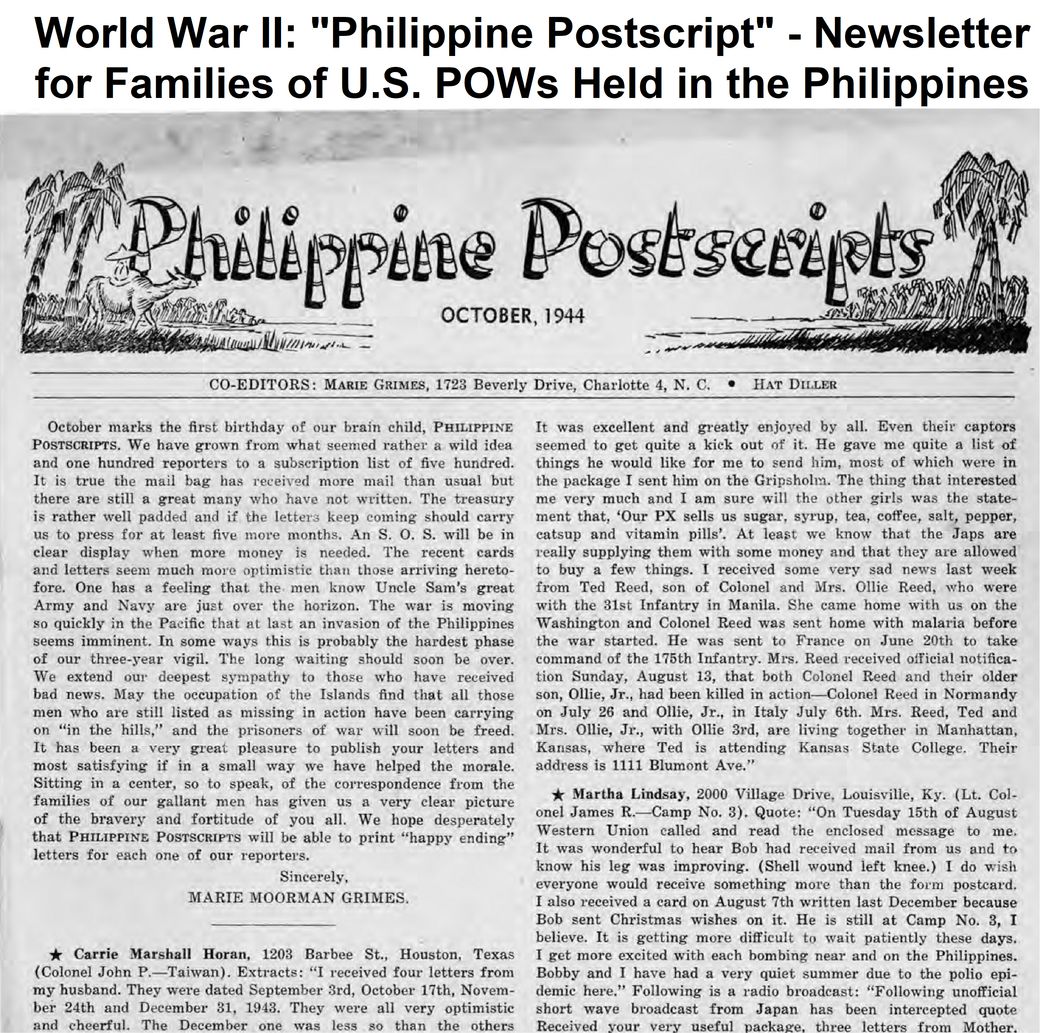
World War II: “Philippine Postscript” – Newsletter for Families of U.S. POWs Held in the Philippines
$1.90
Description
Forgotten POWs of the Pacific War
- 1942 (Early Stages of American involvement in Pacific WWII): Approximately 10,000 Americans and 66,000 Filipinos are captured by Japanese forces on the Bataan Peninsula on Luzon.
- October 1, 1943: The first issue of “Philippine Postscript,” a newsletter for families of U.S. POWs held in the Philippines, is published. It is created by Marie Grimes and Hat Diller. They begin by mailing 150 questionnaires to other POW wives.
- September 27, 1944: Second Lieutenant Reba Z. Whittle, an Army Nurse serving as a flight nurse, is captured after her air evacuation flight strays into enemy territory and is shot down.
- January 1945: Second Lieutenant Reba Z. Whittle is repatriated following a prisoner exchange.
- June 4, 1945: The “Bataan Relief Organization National Bulletin” issues a 10-page bulletin from Albuquerque, New Mexico.
- December 1945: The final issue of “Philippine Postscript” is published, concluding its run of 20 issues.
- 1990: Lieutenant Colonel Mary E.V. Frank, an Army Nurse, writes a report titled “The Forgotten POW: Second Lieutenant Reba Z. Whittle, Army Nurse,” documenting Whittle’s experiences through the annotation of her diary.
Cast of Characters
- Marie Grimes: A bank clerk and one of the creators of “Philippine Postscript.” Her husband was held as a POW by Japanese forces in the Philippines.
- Hat Diller: A bank clerk and one of the creators of “Philippine Postscript.” Her husband was held as a POW by Japanese forces in the Philippines.
- Second Lieutenant Reba Z. Whittle (AN – Army Nurse): An Army nurse who was captured on September 27, 1944, when her air evacuation flight was shot down. She was imprisoned until her repatriation in January 1945 and kept a diary of her experiences. Her story was documented in a 1990 report.
- Lieutenant Colonel Mary E.V. Frank (Army Nurse): The author of the 1990 report, “The Forgotten POW: Second Lieutenant Reba Z. Whittle, Army Nurse,” which documented Reba Z. Whittle’s story.
World War II: “Philippine Postscript” – Newsletter for Families of U.S. POWs Held in the Philippines
20 issues of the Philippine Postscript, totaling 84 pages, dating from October 1, 1943, to December 1945.
In 1942, during the early stages of American involvement in combat in the Pacific during World War II, approximately 10,000 Americans and 66,000 Filipinos were captured on the Bataan Peninsula on Luzon.
The Philippine Postscript was created by Marie Grimes and Hat Diller, both bank clerks and wives of men held as POWs by Japanese forces in the occupied Philippines. Its first issue was published on October 1, 1943. They began the newsletter by mailing 150 questionnaires to other wives of POWs held in the Philippines.
From their homes in Charlotte, North Carolina they assembled the information they received from other families. Families occasionally received information by POW cards, letters from prisoners, shortwave radio messages, information from escapees, liberated prisoners, or information provided by the War Department.
This collection also Includes:
Bataan Relief Organization National Bulletin, 4 June 1945
10 pages of the June 4, 1945, issue of the Bataan Relief Organization National Bulletin based in Albuquerque, New Mexico.
The Forgotten POW: Second Lieutenant Reba Z. Whittle, Army Nurse
A 1990 report written by Lieutenant Colonel Mary E.V. Frank, Army Nurse.
Abstract: During World War II, 68 Army nurses and 16 Navy nurses were taken prisoner. The stories of all, except one, have been documented. Second Lieutenant Reba Z. Whittle, AN, was captured when the air evacuation flight on which she was serving as the flight nurse strayed into enemy territory on September 27, 1944 and was shot down. She was imprisoned until her repatriation following a prisoner exchange in January 1945. During her imprisonment she kept a diary of her experiences. This study documents her story through the annotation of that diary. The annotation consists of background information for the period prior to her capture, an elaboration of some details she provides, and an overview of her repatriation and return home, and her later efforts at obtaining disability benefits. A comparison of her imprisonment with the internment of the nurses in the Philippines also is made.
Related products
-
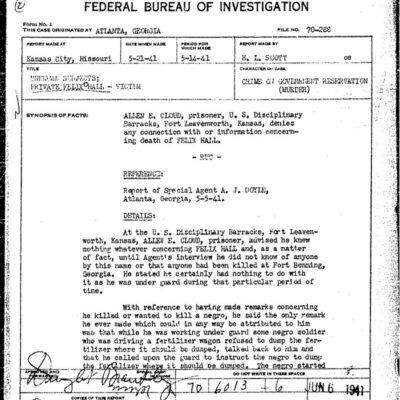
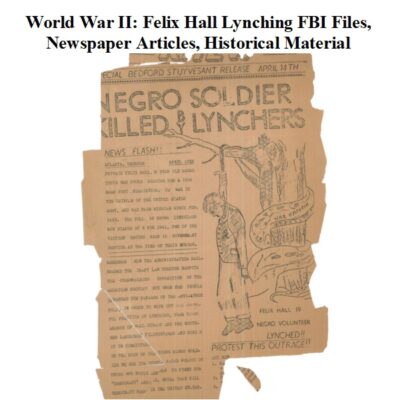
World War II: Felix Hall Lynching – FBI Files, Articles, Historical Records
$9.99 Add to Cart -
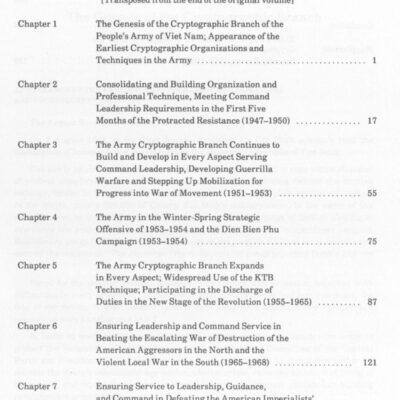
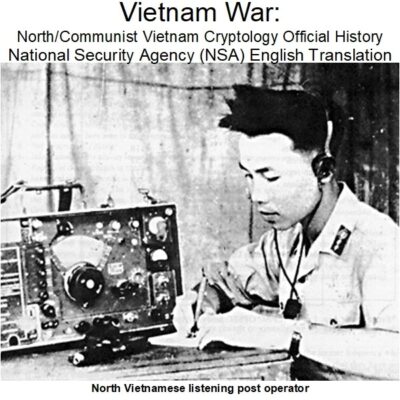
Vietnam War: Cryptology in North Vietnam – NSA Official History
$4.90 Add to Cart -

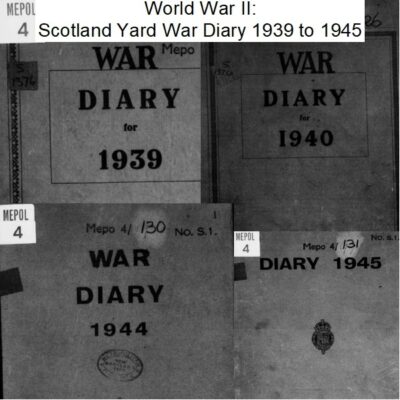
World War II: Scotland Yard War Diary from 1939 to 1945
$3.94 Add to Cart -
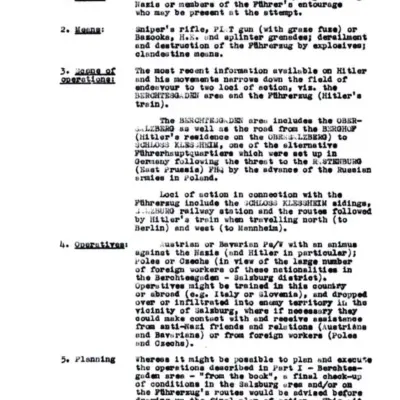
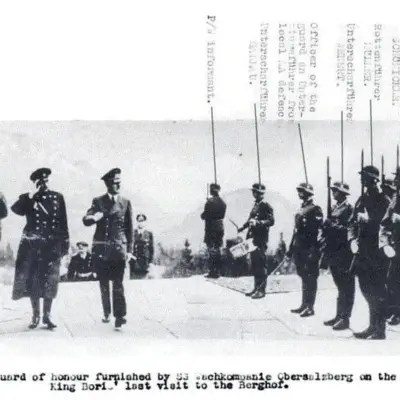
World War II: Adolf Hitler and Operation Foxley – British Assassination Plot
$19.50 Add to Cart